
I have become jaded, fearing contemporary architecture has been replaced by the intrusion of the code and ordinance industrial machine and the mechanics of engineered building systems.
It is my contention that too often codes drive design, while manufacturers drive codes and building systems. Architects become merely system-assembly men and contractors mere mechanics. The most current architecture in magazines is derivative, stale and impersonal and, well, boring. I believed this until recently.
It was then I saw a new work by Armin and Lisa Staprans in Portola Valley. I have followed Staprans’ Design work for many years. Mr. Staprans has matured developed his voice and found his place in the pantheon of truly gifted artisan architects.
His work can be recognized in the lines and sensibilities of the first, second and third waves of the Bay Region Tradition, a variant of the Arts and Crafts movement. Indeed it is the Arts and Crafts that best describes his work.
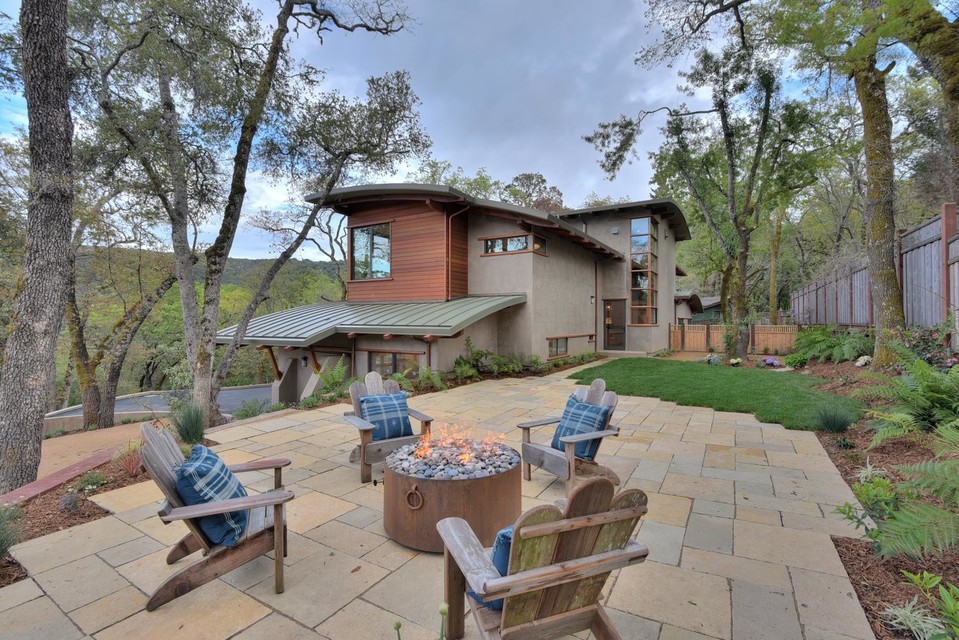
His international travels to Europe have also informed this particular design. One sees hints of Rudolph Steiner’s organic and lyrical German Expressionist architecture of the early 20th Century. The rigor of the Art Nouve and Arts and Crafts work of Charles Renei Mackintosh of Scotland can be seen in the gracious, simple yet exquisite detailing. A few obscure abstractions of European Jugenstil architecture are apparent as well.
It is in the Arts and Crafts and much of the Art Nouve that we see a unity of interior design and architectural space. Both disciplines become an integrated, inseparable whole, a unified expression, one built upon and informed by the other.
Lisa and Armin Staprans work sings of this unified harmony. A harmony uniquely, comfortable and inviting.This work as all of theirs over the years, is always human and approachable; not pretentious, rather rich and sophisticated. This is the realm of masters; it comes from the heart and soul of great design.

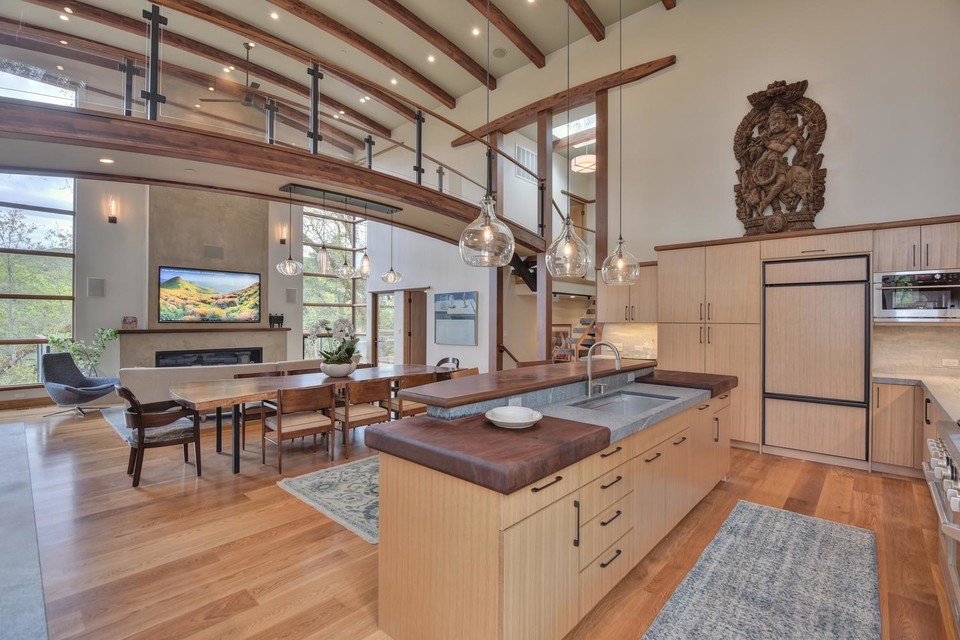
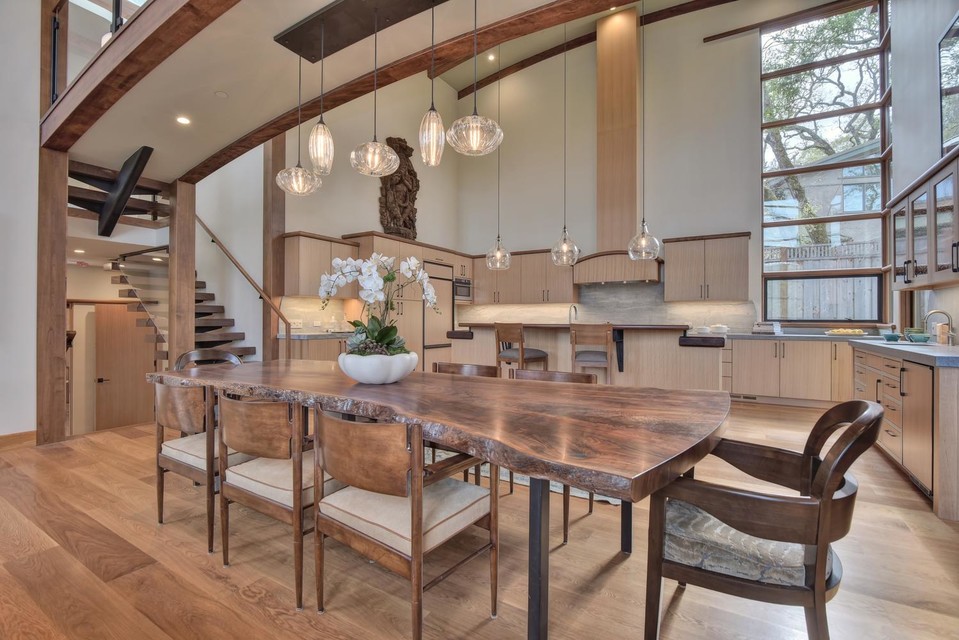
If you’re an architectural enthusiast you will likely recognize the names Charles and Henry Green, Willis Polk, or Bernard Maybeck. These bay region architects where inventors of the woodsy, naturalistic, craftsmanship focused, warmly Japanese inspired detailing, and natural finishes indicative of the first Bay Region traditions. We must also note of course Frank Lloyd Wright and Rudolph Schindler. Both employed the stacked, segmented window treatment that is a signature feature of this residence.


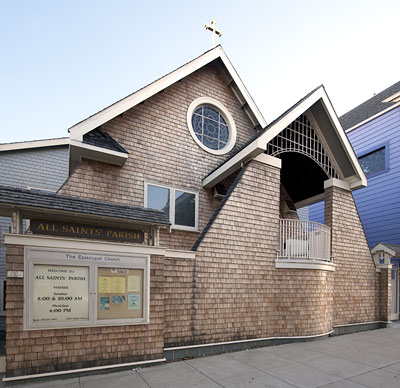
Like the other Bay Region architects Mr. Staprans work is “eschewing the dogmatic rigidity found in the purest forms of both the Arts and Crafts and Modernist movements. The Bay Region Style was, after all, about fusion, what Gwendolyn Wright calls “a joyful Modernism that freely mixed local vernaculars with Japanese and European influences, native redwood with industrial materials, compositional order with quirky details.”
This is architecture as a means to an end, not the end itself. As architect and educator William Wurster suggested,
“Architecture is not a goal. Architecture is for life and pleasure and for people. The picture frame, and not the picture.”[1]
Mr. Staprans professional position is a prime example of what has gone wrong in the architectural profession. While the mechanics have flourished in their offices, designing better modernist boxes for assembly by others, (Remember; Frank Lloyd Wright spent fifty years deconstructing that box now being perfected again!) the new variant of perfect boxes has eclipsed the beauty and integrity of artisan architecture in most magazines and books. Much or modern architecture today is dramatic, a self serving end in itself, too often a dead end.
I find some of the best architecture today is being done by the hands of the master builders who have loved the craft and evolved the art. These works have life and heart not found in what Wright would call “the glass box boy’s”.
We might actually lay the blame at the feet of Mr. Wright. He, in my opinion, has done more to advance the art of architecture than most any architect in the last 500 years, yet he has also done more to hold back the profession.
He replaced the builder architect with the office architect. Although Wright was neither educated nor licensed, he proudly spelled in golden letters “Architect” on his first office door in a Chicago. Following Wrights lead, most architects have become distanced from the field of construction and the art and craft of it. Much of this thanks to Mr. Wright’s pride in being a highbrow design architect, a public artist, rather than a low brow builder architect or artisan.
Mr. Wright like Mr. Staprans did not have a license to practice the art of architecture. It was Wes Peters engineering stamps in all fifty states the got Wright’s buildings permitted. Unlike Wright Mr. Staprans has a degree from MIT in Architecture and a contractor’s license. Wright was a dropout of engineering school after one semester. They both, none the less have advanced the art of architecture with their work.
Mr. Staprans work is in the same vain as the mid century modernists and artisan architect Cal Straub FAIA for both their work;
“refers to Arts and Crafts architecture only obliquely, focusing instead on “the small-scale buildings and houses” designed by the Bay Region architects who were continuing to evolve forms of modern architecture in the tradition of Maybeck, Gill, and the Greene Brothers. This created a synthesis of strongly divergent influences.” [2]
This synthesis was informed by a principle based design philosophy rather than aesthetics or technological advancements, or ego. These works where about the craft not abstract idea’s, from the heart of the craftsmen or artisans creating the work. These are works with a soul and not of the head alone.
“Using building materials expressive of the naturalist philosophy of the West, the design theories of the ‘Arts and Crafts’ Movement, and the functional traditions of the Chicago School, they carried on the development of an ‘American architecture’ … Although functional in planning and concept, their designs were not overly concerned with expressing technology or mechanical functionalism as in the European ‘international style’. It was more committed to humanism, the natural landscape, and the life styles of people than to abstract principles of theory.” [3]
Mr. Staprans, is a contractor who never got a license to practice architecture yet his artistry in architecture is readily apparent. Today unlike Wright, he can’t call himself an architect as it is now a controlled term according to the Architects Practice Act- California law. But I can.
He has not stopped advancing his art, breaking the molds, advancing the art and craft of architecture in his work. Armin Staprans is an artisan architect. That is obvious in studying his recent endeavor at 1236 Los Trancos Road, Portola Valley and comparing it to the pantheon of other great artisan architects that have come before him.
By Wm. Mark Parry aia, csi, sah, Architectural Historian
.
Foot Notes;
1. Straub, C.C., The Man-made Environment: An Introduction to World Architecture and Design. Prelim. ed. 1983, Dubuque, Iowa: Kendall/Hunt.
2. IBID.
3. Wolf Peter j. Regional Modernism for the Desert:Calvin Straub’s Arizona Architecture. modernphoenix.net 2009

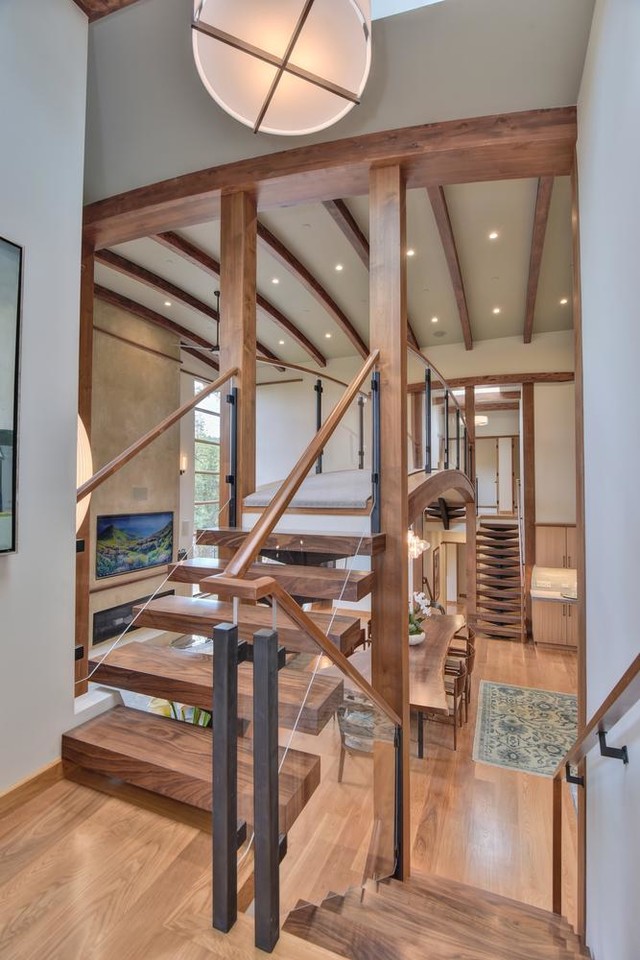


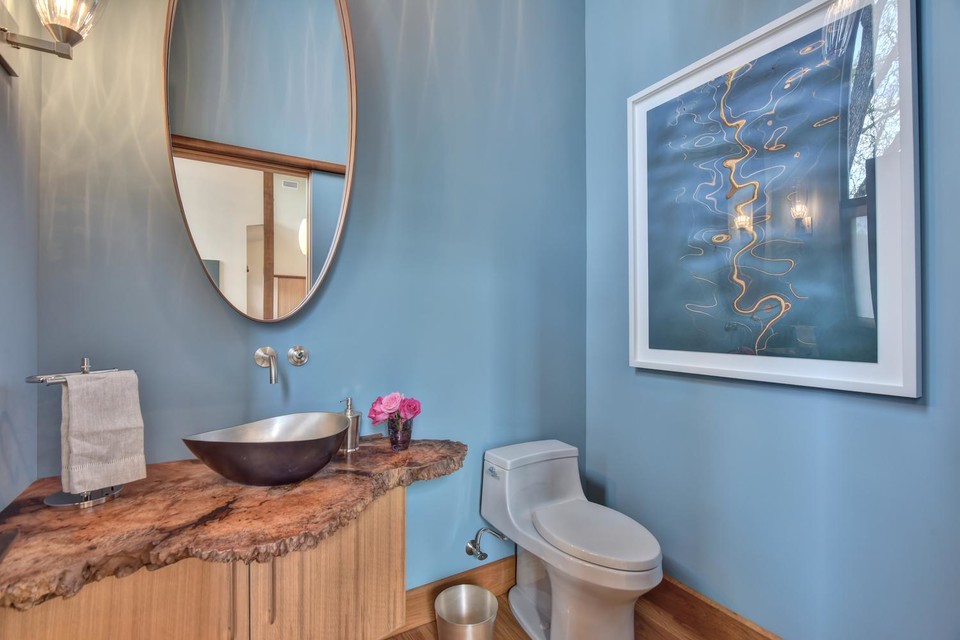
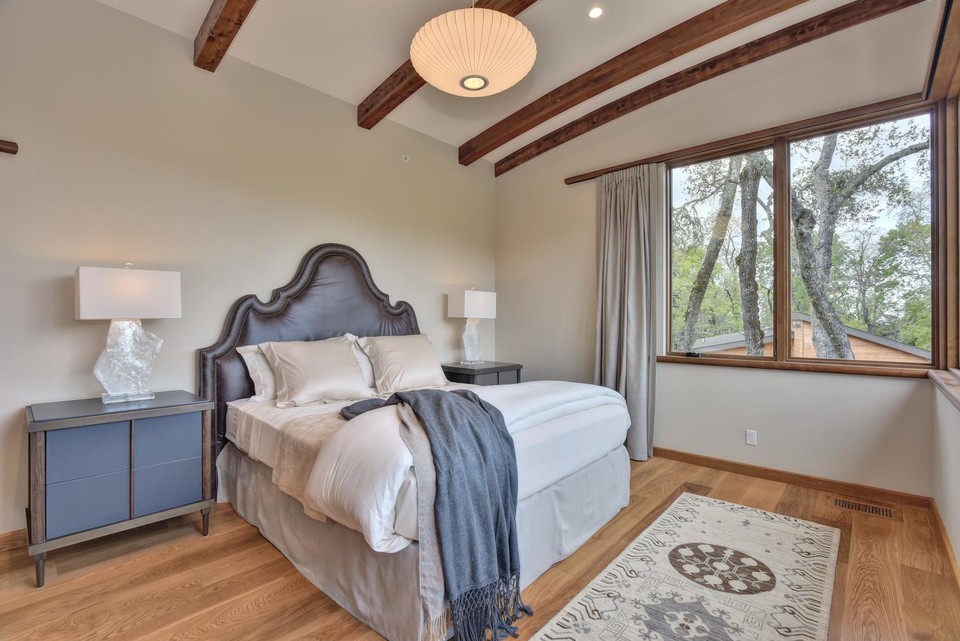
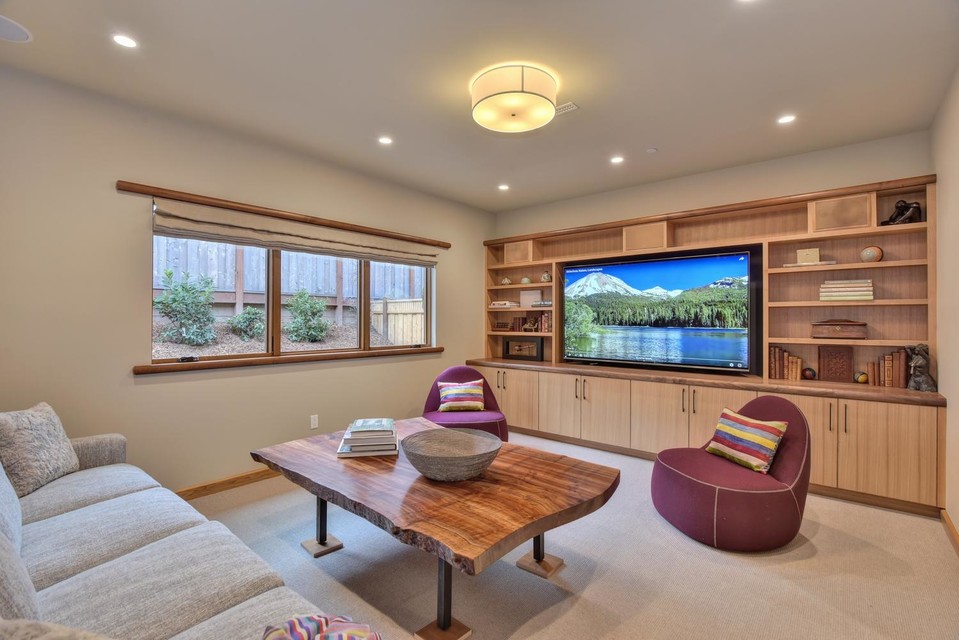

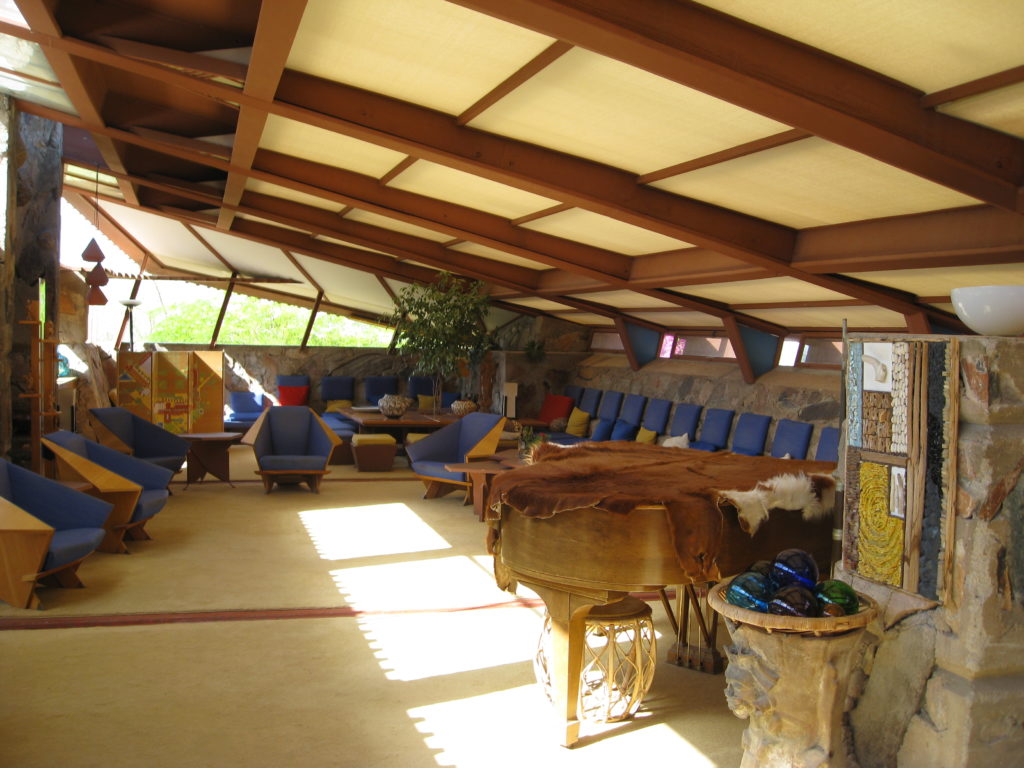

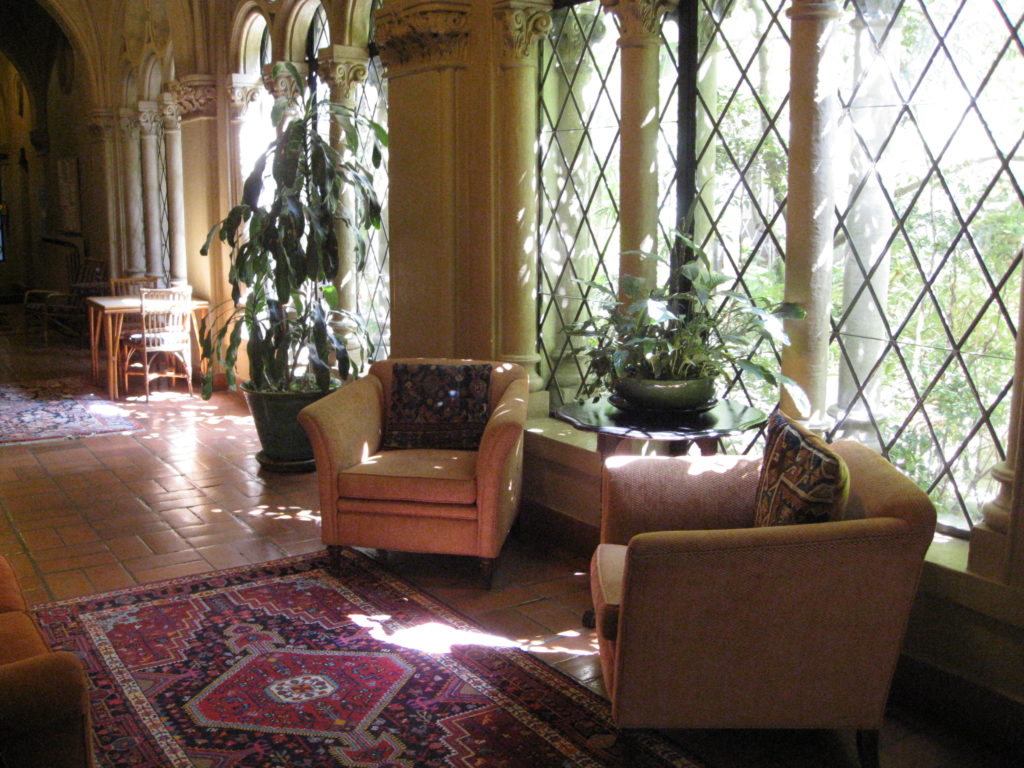
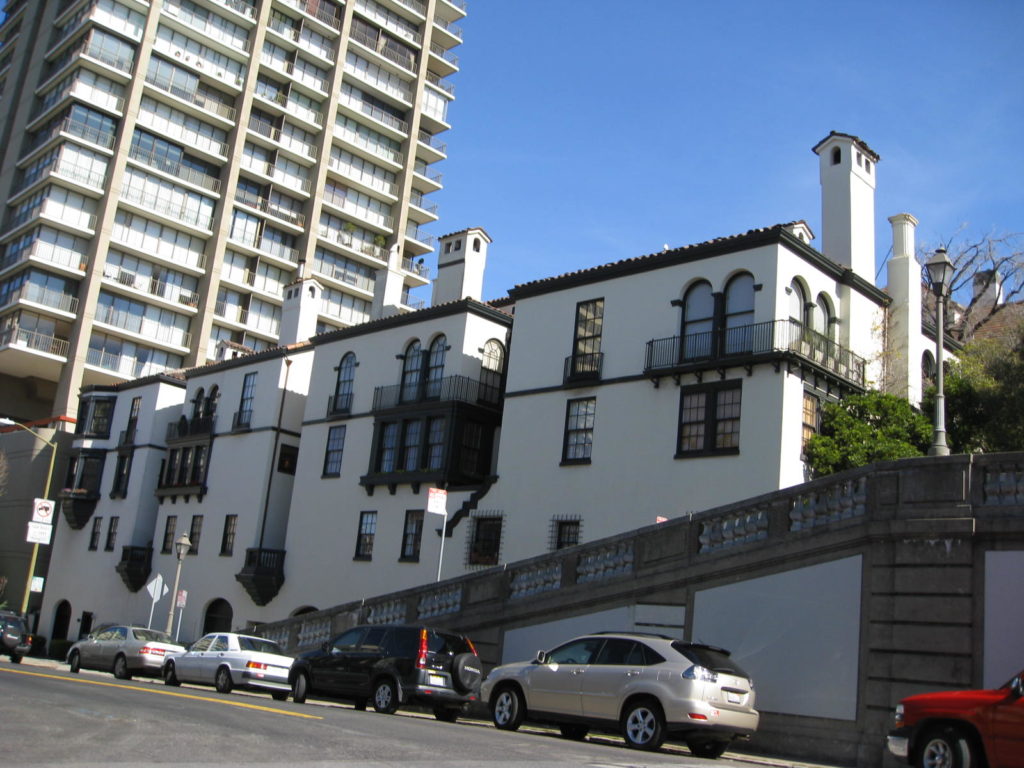


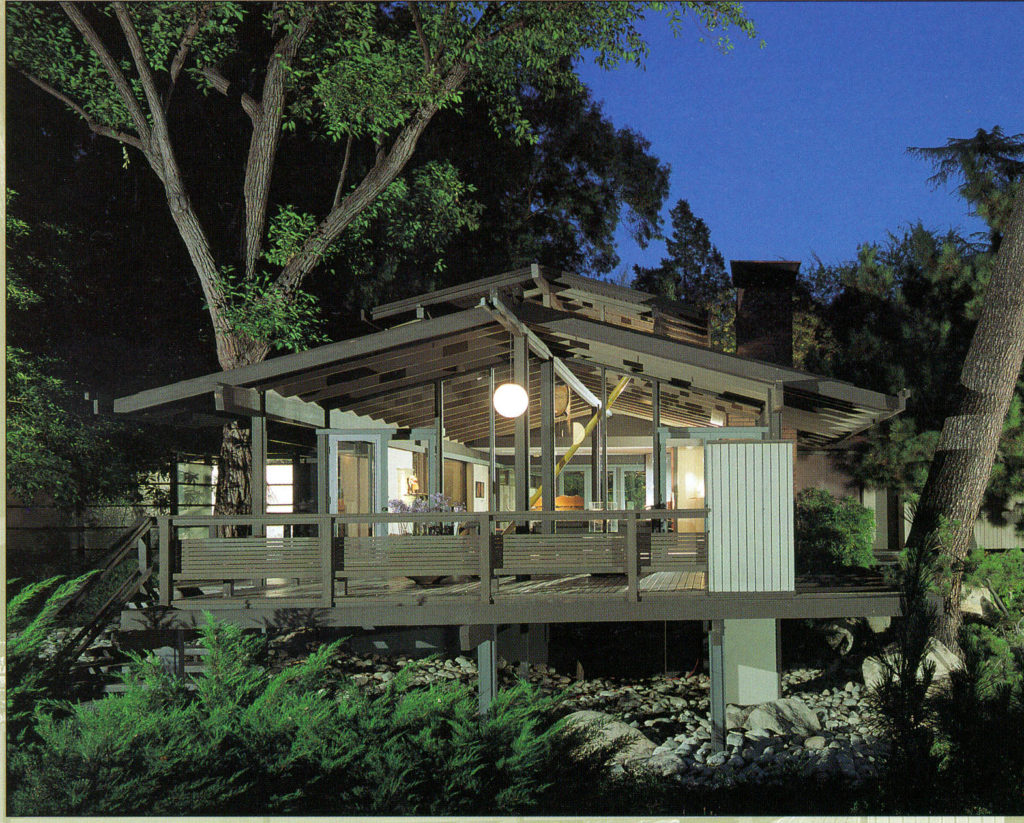
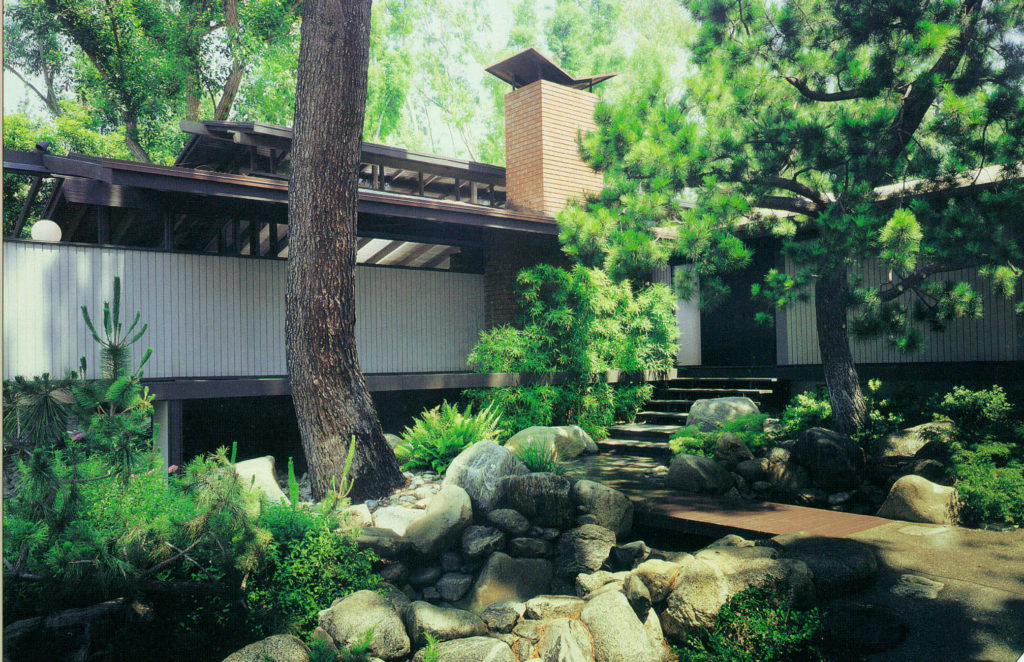
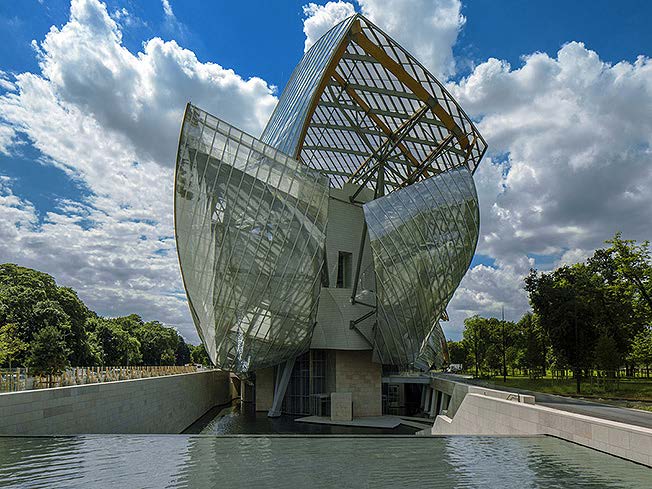

About The Author: Mark
Wm "Mark" Parry is an Artisan Architect, Poet and Educator, living in Northern California's abundant beauty and strange contradictions. He founded IdeaStudios.com in 1988 as architectural and interior design practice in the heart of Sonoma County. ArtisanArchitecture.com has advanced his interests in artisan architecture, historic and architectural education and preservation since 2002. On worksofwords.live he has shared his poems, musing's, inspired thoughts and photography since 2012. These his personal reflections on life, truth and reality. All operate under the umbrella of William Mark Parry Architect P.C. A Professional Corporation registered in California on 5.15.2000.
More posts by mark